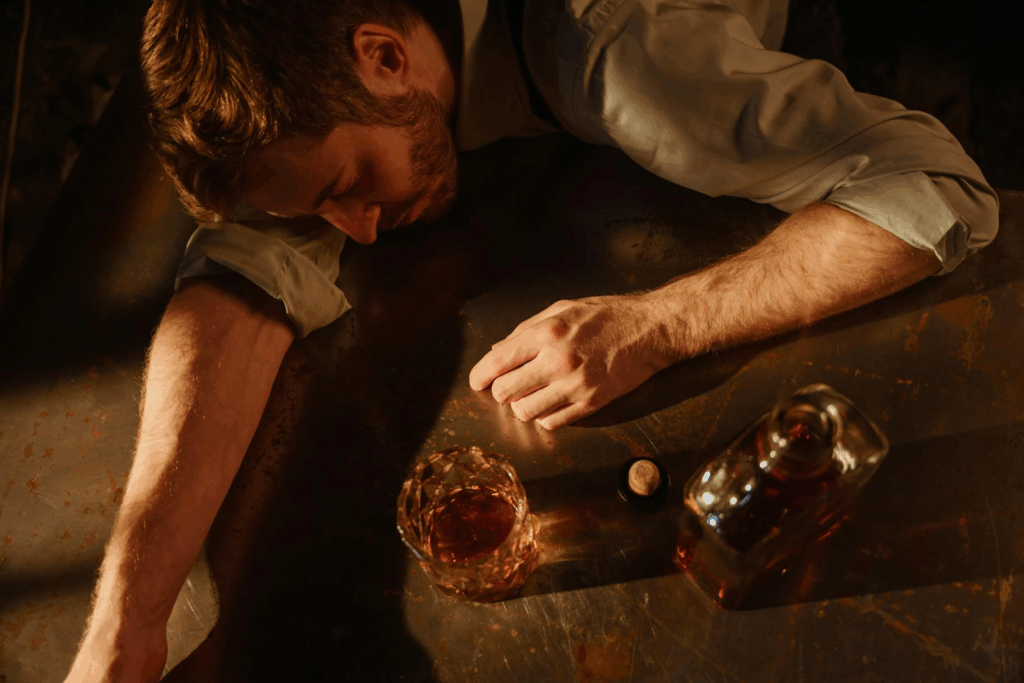Do you find maintaining sobriety challenging after completing addiction treatment? You’re not alone.
A person’s journey to recovery typically follows a winding path. Relapse remains an unfortunate yet frequent occurrence for those fighting substance use disorders. The good news?
Experiencing a relapse should not be perceived as a failure because it typically represents a temporary obstacle along the route to sustained recovery.
Through professional help from a drug rehab in Massachusetts you can defeat relapse and establish a solid basis for permanent sobriety.
What You’ll Discover Here:
- Understanding Relapse as Part of Recovery
- Warning Signs That Relapse May Be Approaching
- Practical Strategies for Preventing Relapse
- Building Your Recovery Support System
- What to Do If Relapse Occurs
- Long-Term Recovery Maintenance
Understanding Relapse as Part of Recovery
Relapse isn’t the exception—it’s surprisingly common. Between 40% and 60% of people with addictions face relapse events which mirror relapse rates of chronic diseases such as diabetes and hypertension.
The situation becomes even more concerning when you learn that more than 85% of people return to their old substance use habits within a year of completing treatment.
But here’s what you need to know: Having a relapse does not indicate treatment failure nor does it reflect your personal failure. The occurrence of relapse indicates that your current treatment approach needs modification or that you are encountering new triggers that demand different methods to manage them.
Warning Signs That Relapse May Be Approaching
Relapse rarely happens out of the blue. People often show warning signs days to months ahead of when they begin substance use again.
These warning signs often follow a pattern:

- You experience emotional relapse when you remain sober but cope with increasing levels of anxiety and anger along with mood swings.
- During mental relapse you begin to fantasize about substance use or make plans to relapse while reminiscing about past usage.
- Physical relapse happens when someone resumes using substances after a period of abstinence.
Signs of potential relapse show when individuals stop attending support meetings and reconnect with substance-abusing friends while isolating from supportive peers and missing healthy ways to manage stress.
Practical Strategies for Preventing Relapse
Relapse can be prevented through effective strategic planning. These techniques have proven effective in supporting your journey to maintain sobriety.
1. Develop a Structured Relapse Prevention Plan
Your relapse prevention plan functions as a custom guide to sustain your recovery journey. Your relapse prevention plan needs to list your specific triggers and avoidance strategies along with warning signs of relapse and healthy ways to handle stress and cravings plus a list of your support network contacts.
The existence of a written plan greatly increases the chances that you will adhere to it during emotional peaks.
2. Identify and Manage Your Triggers
Triggers represent the people and places as well as emotions and situations that drive you to use substances. Common triggers include:
- Environmental triggers involve places where substance use occurred previously or any sight of drug-related equipment.
- Social triggers involve using friends, family disputes and peer pressure
- Emotional triggers encompass feelings such as stress, anxiety, depression, loneliness or overwhelming joy.
When you know your triggers you can dodge them if possible (particularly during early recovery) and create coping techniques for those you cannot avoid.
3. Practice Healthy Stress Management
Stress stands as one of the most significant triggers that can lead to a relapse. Long-term recovery success depends on discovering healthy methods to manage stress.
- Exercise routines help to produce endorphins while simultaneously lowering stress levels.
- Through mindfulness meditation you learn to watch cravings pass without taking action.
- Artistic expressions such as music or writing enable constructive emotional processing.
You must discover personal stress management techniques that work for you and make them habitual instead of resorting to them only during moments of overwhelming stress.
Building Your Recovery Support System
The path to recovery requires support from others. Among the 22 million Americans in recovery better results are seen in people who have strong support systems.
1. Professional Support
After completing initial treatment patients still benefit from ongoing professional guidance. In 2024 about 21 million Americans required substance use treatment but only one-tenth of them received it. Seek professional assistance to avoid becoming a part of those alarming recovery treatment statistics.
2. Peer Support Groups
Finding support through 12-step programs, online communities or alumni groups from treatment gives hope and validation to people on their recovery journey.
What to Do If Relapse Occurs
Even with the utmost dedication your efforts may not prevent a relapse from occurring. The way you handle relapse determines your success in returning to your recovery path.
1. Stop Using As Soon As Possible
Some people think falling back into substance use after a relapse means they may as well continue using. A brief lapse turns into a complete relapse when not addressed promptly. Immediately stop what you’re doing and get out from the situation while reaching out to someone in your support network.
2. Practice Self-Compassion, Not Shame
When people experience shame and self-criticism it elevates their risk of continuing substance abuse. Face the situation without judgment while understanding that recovery progresses through continual improvement rather than perfect moments.

Between July 2023 and July 2024 the U.S. experienced a 17% reduction in fatal overdose deaths. The evidence indicates that people can recover regardless of past relapses.
3. Analyze What Led to the Relapse
Each relapse experience reveals important lessons for your recovery path. Reflect on the triggers you met during your relapse and identify which warning signs you failed to recognize along with any ineffective or missing coping skills.
4. Re-engage With Treatment and Support
Your recovery efforts should become stronger after experiencing a relapse. Immediately reach out to your therapist or counselor while increasing your support group meeting attendance and maintaining full transparency with your support network about the relapse.
Long-Term Recovery Maintenance
Successful recovery involves constructing a meaningful existence free from substance dependency.
1. Find Purpose and Meaning
Achieving sustainable recovery requires creating a meaningful life through educational achievements or career objectives combined with joyful hobbies and personal targets beyond recovery goals.
2. Practice Ongoing Self-Care
Self-care isn’t selfish—it’s essential for maintaining recovery. Achieve quality sleep while following balanced nutrition plans and exercise routines to stay healthy and manage any existing health conditions.
3. Celebrate Recovery Milestones
When you acknowledge your progress you affirm the worth of your recovery journey. Use sobriety anniversaries to celebrate your journey while recognizing non-time achievements and giving back through support to newcomers in recovery.
Wrapping It All Together
Recovery serves as an ongoing journey filled with obstacles yet offers extraordinary benefits rather than being a final destination. Even though 40-60% of people will experience relapse during their journey, it does not represent the entirety of your recovery story.
Statistical data reveals the harsh truths of addiction while demonstrating the potential for successful recovery. The statistic of 22 million Americans who maintain recovery proves that long-term sobriety is attainable despite over 85% of people relapsing within their first year after treatment.
The combination of effective strategies and supportive environments along with a strong mindset will enable you to overcome relapse and build a fulfilling recovery life. Every recovery day you spend builds your foundation even more solid for permanent transformation.

